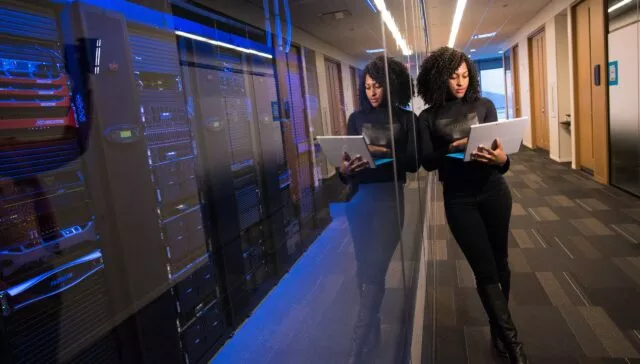Alcohol Consumption Has Spiked During the Pandemic. Could the Consequences Outlast the Coronavirus?
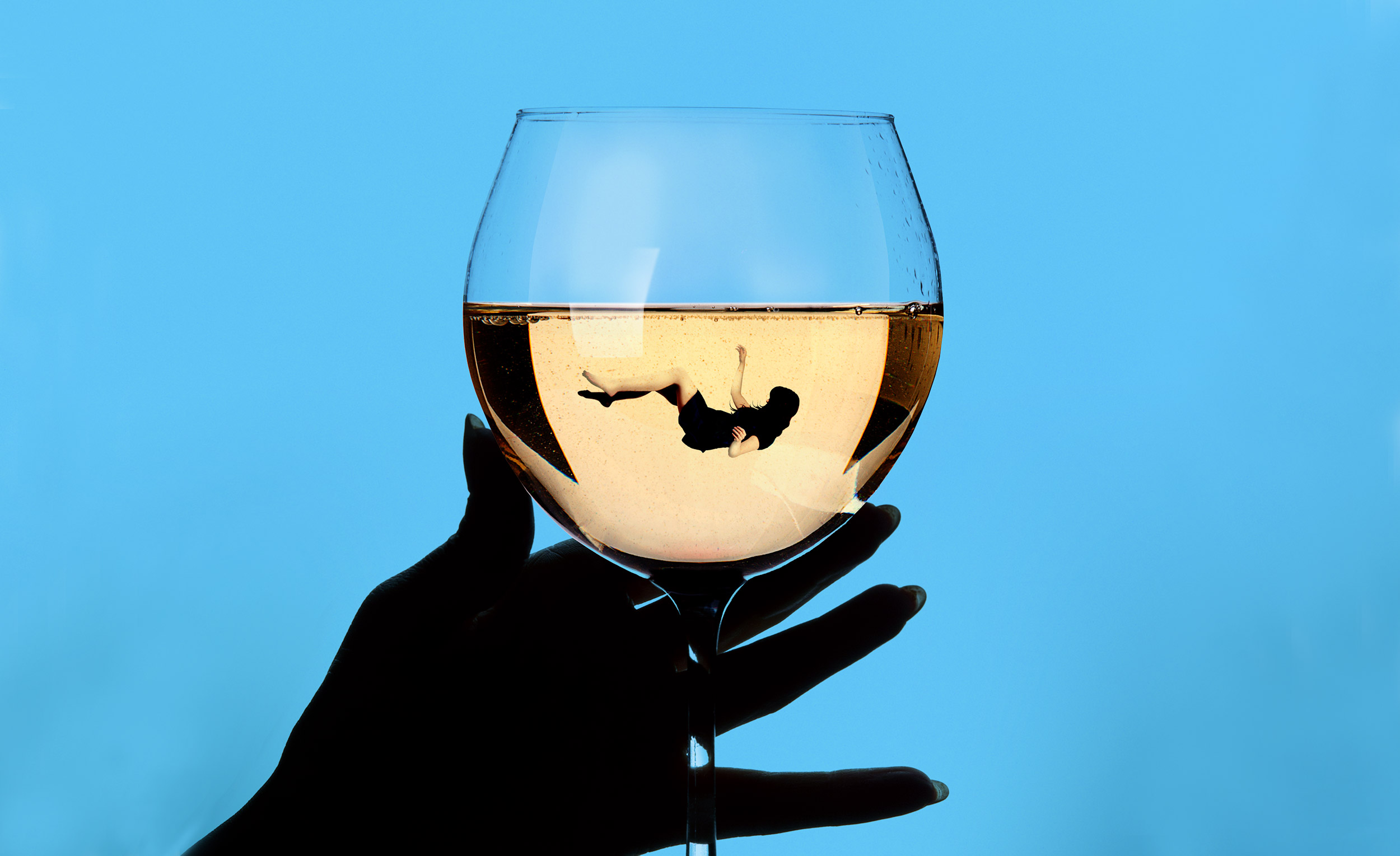
idea hub executive director, Dr. Craig Ross, and other BU researchers say the answer may be to make alcohol “less attractive, less affordable, and less available”
This article originally appeared in the Winter-Spring 2021 issue of Bostonia, Boston University’s alumni magazine under the title, Alcohol Consumption Has Spiked During the Pandemic. Could the Consequences Outlast the Coronavirus?
As the coronavirus tightened its grip on the country in 2020, the hospitality industry took one of the biggest economic hits: tens of thousands of bars and restaurants were forced to close—many for good. But that didn’t mean it became harder to get a drink. With almost every state relaxing its alcohol laws in 2020 in an effort to keep local economies afloat, it was even easier to kick back with a beer after a bad day. Thanks to looser restrictions on delivery and open containers, Americans can now get cocktail kits delivered to their doors or sip wine on a café sidewalk. All but three states gave liquor stores a lockdown exemption, many classifying the businesses—along with grocery stores and pharmacies—as a COVID-19 essential service.
In a year packed with bad days, that easier access to alcohol has caused drinking rates—particularly among women, African Americans, and parents—to spike. And the numbers were already pretty grim.
Before COVID-19, more than 25 percent of American adults admitted binge drinking, according to the National Survey on Drug Use and Health. In the first few weeks of lockdowns, alcohol sales jumped 54 percent over the previous year. A September 2020 study in JAMA Network Open found alcohol consumption was up by 14 percent compared to 2019.
As we fight one pandemic, those numbers presage another.
“If a couple has gone from sharing a bottle of wine once a week over a couple of dinners to now having a box of wine they buy once a week and have with dinner every night, that is a very significant change in drinking pattern, which brings with it different risks—both biological and social—than occasional weekend drinking,” says David Jernigan, a School of Public Health professor of health law, policy, and management. He says that if states don’t roll back the lighter regulations initiated during lockdowns, it’ll be easier for those new patterns to take root. “And then there is the matter of the messages sent out around alcohol during the pandemic: that it is ‘essential,’ that we have some kind of right to be able to buy it, and that drinking is a valid means of coping. Drinking to deal with stress or depression or other psychological problems is a poor coping behavior. Alcohol is a depressant.”
Alcohol is not good for your body either. Even moderate drinking increases the risk of high blood pressure, stroke, heart disease, cancer, and liver disease. (Most people with alcohol-related ailments are not alcohol-dependent.) Every year, close to 100,000 Americans die of alcohol-related causes, whether from slow-burning diseases or split-second car crashes, making it the third biggest cause of preventable deaths: only tobacco and poor diet or lack of exercise beat it.
And while the opioid epidemic fight gets more headlines, alcohol use kills more people than prescription painkillers. And cocaine and heroin. In fact, it kills more people than all of them combined. It’s a pandemic we could prevent. So why don’t we?
“Alcohol is our favorite drug,” says Jernigan. “It’s also the drug of choice for people who write the laws. Alcohol is like wallpaper in our society: it’s so prevalent, people stop noticing it’s there.”
And when it comes to preventing the problem, prohibition still looms large—even after 100 years.
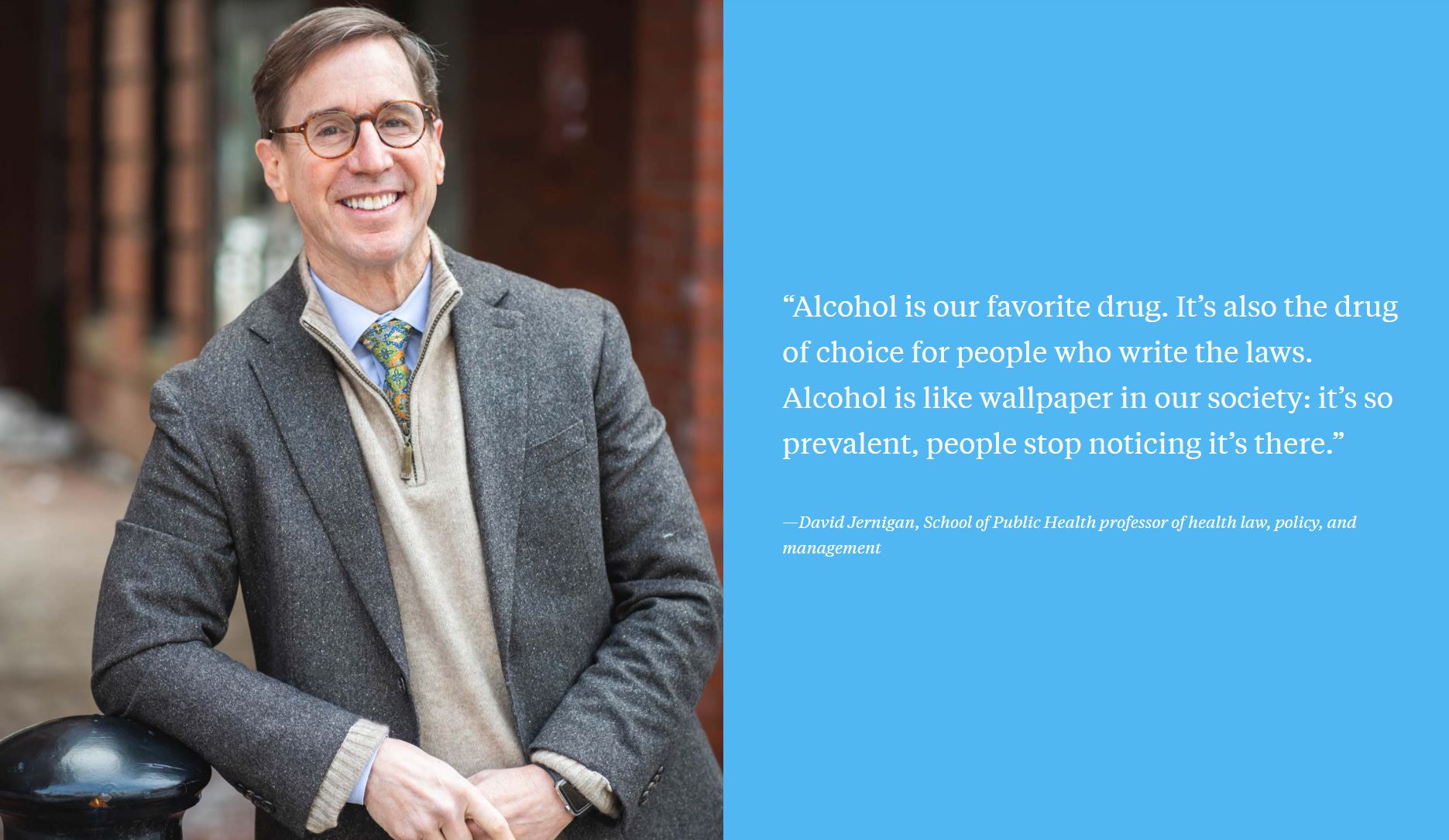
“Alcohol is our favorite drug. It’s also the drug of choice for people who write the laws. Alcohol is like wallpaper in our society: it’s so prevalent, people stop noticing it’s there.”
—David Jernigan, School of Public Health professor of health law, policy, and management
“People think prohibition doesn’t work, can’t work, so we should do the opposite,” says Jernigan, who regularly testifies on alcohol regulations at the federal and state levels. “But we learned with tobacco that there’s a sweet spot in the regulation of these substances.”
BU has one of the leading alcohol use research and policy programs in the country, with experts on prevention, legislation, and treatment. They’re not pushing for a ban on your weekend glass of wine or game-day beer, but for more societal nudges and rules to help America cut back.
“We want to make alcohol less attractive, less affordable, and less available,” says Jernigan. “Those are the three best buys, the most effective and cost-effective interventions according to the World Health Organization. We are never going to treat our way out of this problem.”
Stopping Underage Drinking
For many public health researchers striving to prevent excessive alcohol use in adults, step one is stopping them from drinking as kids. Alcohol is the most widely used substance among youth—more than tobacco and marijuana. About 25 percent of 14-to-15-year-olds have had at least one drink, while 11 percent of teenagers admit to binge drinking, according to the Substance Abuse and Mental Health Services Administration’s National Survey on Drug Use and Health. Youth alcohol use is also a solid predictor of substance use disorders in later life.
“Delay, delay, delay: the more we can delay the age at which a young person first uses a substance, the better,” says Alexis Walls, assistant campaign director at the Massachusetts Public Health Association. “We know that young people who begin to use substances before the age of 18 are more likely to become addicted and experience other negative health outcomes—and we know there’s a strong link to alcohol marketing.”
A former coordinator of youth and community prevention programs at Boston’s Allston-Brighton Substance Abuse Task Force—of which BU is a community partner—Walls (SPH’17) has supported campaigns to keep alcohol ads off public transportation and away from schools and youth centers. Those efforts were aimed at stopping young people from seeing alcohol as a necessary, normal part of life.

“We know that young people who begin to use substances before the age of 18 are more likely to become addicted and experience other negative health outcomes.”
—Alexis Walls (SPH’17), assistant campaign director at the Massachusetts Public Health Association
“In psychology, we talk about something called priming,” says Craig Ross, an SPH research assistant professor of epidemiology and executive director of idea hub. “Priming is your brain developing associations between certain ideas.” Advertisers play on this unconscious act all the time to get you to feel a certain way about their products: the clink of ice on a soda ad, for example, to make you think of cool refreshment. “A big part of adolescence is rapidly building those associations, particularly around identity: teenagers are trying to figure out who they are, who they want to be,” he says. “And they’re looking for models.”
Unfortunately, a lot of those models come from alcohol ads: lovable rogues drink Captain Morgan, guys next door prefer Bud Light. More insidious for kids and adults, says Ross (SPH’14), is the alcohol industry’s newest play: beer as a health product. He points to Michelob Ultra’s ads showing athletes working out, then throwing back a beer; there’s even an Ultra store packed with sports gear.
“You’re seeing models of behavior you identify with and you see those things associated with drinking,” says Ross, executive director of SPH’s project incubator, Idea Hub. “When the opportunity presents itself, you’re more likely to accept a drink.”
The alcohol industry has committed to not show ads in media where youth make up more than 28.4 percent of the audience, but there’s no mandate requiring it.
“Their adherence to that standard has been relatively poor for decades,” says Ross. In a 2014 study of alcohol ads between 2005 and 2011, he and his colleagues tracked a massive increase in booze commercials reaching kids on cable TV. Exposure to alcohol ads grew fastest among 18-to-20-year-olds, which the researchers concluded was no accident, particularly as the increase outstripped that of ads seen by their drinking-age peers, 21-to-24- year-olds. “You have to question why that is,” says Ross. “They’re wasting their own money if they’re placing an ad where a substantial portion of the audience can’t buy their product.” He recently helped launch an annual project tracking industry compliance for the US Centers for Disease Control and Prevention (CDC): across 2018 and 2019, Ross and his colleagues counted 454 million media impressions for noncompliant alcohol ads.
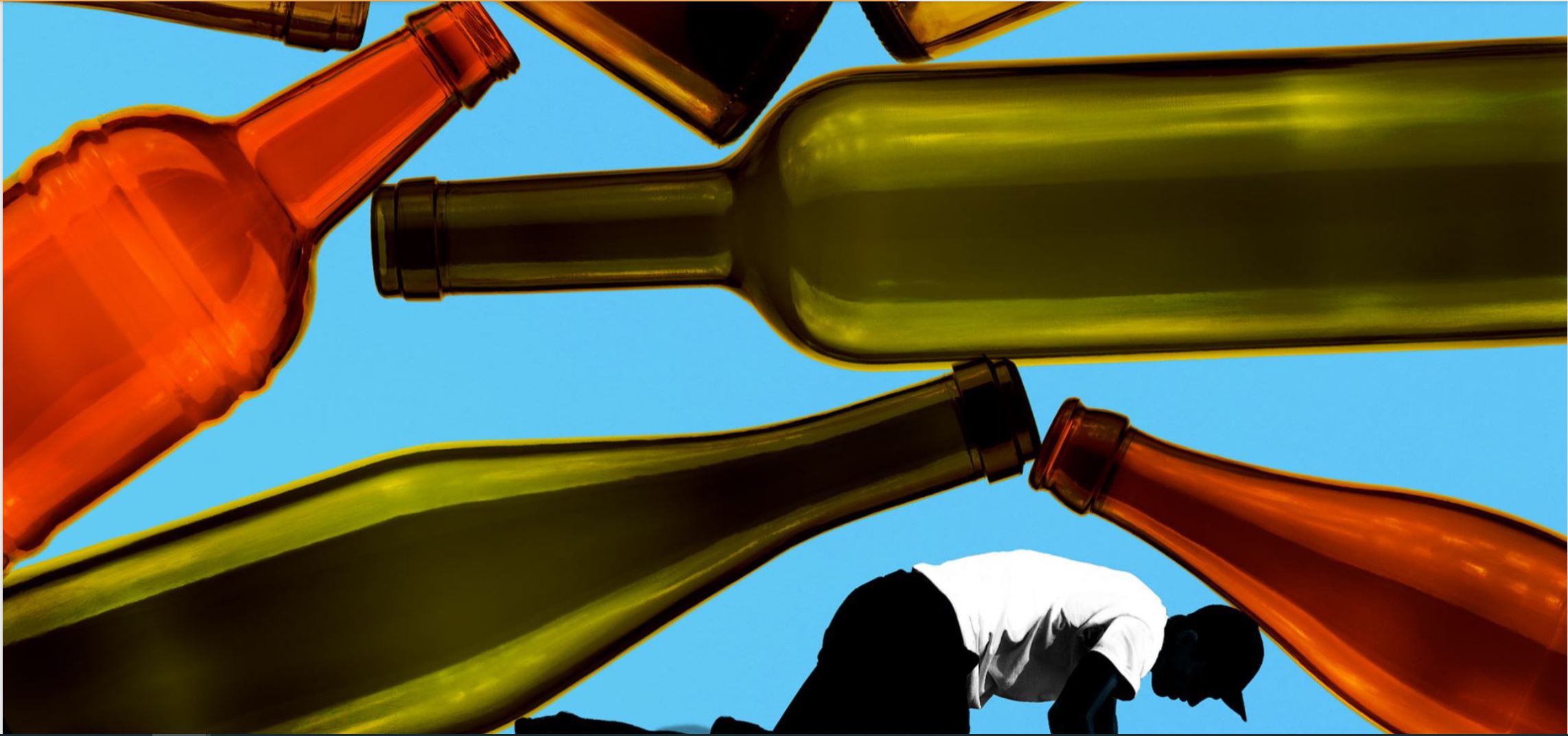 One result is that youth aren’t scattershot or opportunistic in their drinking: they gravitate toward brands they recognize, even if it means spending a little more. Jernigan and Michael Siegel, a physician and an SPH professor of community health sciences, were the principal investigators on the Alcohol Brand Research Among Underage Drinkers project—a collaboration between BU and Johns Hopkins Bloomberg School of Public Health—which examined the links between advertising and youth consumption. Over 33 studies, researchers affiliated with the project found teens drink more of the brands they’re exposed to in ads. Their favorite tipple? That staple of Super Bowl commercials: Bud Light.
One result is that youth aren’t scattershot or opportunistic in their drinking: they gravitate toward brands they recognize, even if it means spending a little more. Jernigan and Michael Siegel, a physician and an SPH professor of community health sciences, were the principal investigators on the Alcohol Brand Research Among Underage Drinkers project—a collaboration between BU and Johns Hopkins Bloomberg School of Public Health—which examined the links between advertising and youth consumption. Over 33 studies, researchers affiliated with the project found teens drink more of the brands they’re exposed to in ads. Their favorite tipple? That staple of Super Bowl commercials: Bud Light.
“Adolescents and children are extremely vulnerable,” says Ross. “They’re making decisions not in a vacuum, but in a social context. They have to decide to crack open the can and drink, but the way they got to that point is absolutely social and cultural.”
Ross, who was a marketing consultant before becoming a public health researcher, says companies have all the tools they need to reduce youth exposure to their ads and help cut underage drinking. His studies have found more precise audience targeting could slash the number of alcohol ads seen by 18-to-20-year-olds by nearly one third—without denting reach among adults; a no-buy list, which includes the networks and shows companies should avoid when placing ads, would pretty much ensure zero commercials reaching kids. Ziming Xuan, who has also studied alcohol industry ads, says it’s time for legislators to step in—just as they did with tobacco.
“If there are a lot of violations, the government, whether federal or state, has a responsibility to regulate it,” says Xuan, an SPH professor of community health sciences. “The government is accountable for this failure.”
Higher Alcohol Taxes, More Alcohol Regulations
To really help Americans—young and old—cut back, though, the government would have to make other regulatory changes that have historically proven unpalatable to politicians and voters: increase taxes and stop issuing liquor licenses.
For the past 10 years, Xuan has been collecting data on 29 alcohol-related policies and regulations, from drunk-driving limits to state monopolies on sales, to test their effectiveness in cutting excessive use. He says combining restrictions on outlet density—the number of stores in an area with liquor licenses—with tougher taxation “accounts for about 50 percent of all the policy effects.” The problem is, he acknowledges, “effective policies are not popular—they’re politically challenging—and popular ones are not effective.” It might be easy, for example, to pass a bill cracking down on fake IDs, Xuan says, but those laws tend to be duds, “in part due to inadequate levels of implementation and enforcement.”
Most states haven’t changed their alcohol tax rates in years, decades even. In a 2017 study published in the Journal of Studies on Alcohol and Drugs, Xuan and colleagues at BU and the University of Illinois at Chicago concluded that from “1991 to 2015, the average inflation-adjusted (in 2015 dollars) state alcohol excise tax rate declined 30 percent for beer, 32 percent for distilled spirits, and 27 percent for wine.”
But, says Xuan, most taxpayers probably don’t realize they’re still picking up the tab for the nation’s drinking habit. The total annual bill to the economy from excessive alcohol use, whether in lost productivity or increased policing, is around $250 billion a year or $2 per drink, according to the CDC; 40 percent of those costs land on national and local governments. Increasing taxes would not only shift those outlays onto those buying alcohol, says Xuan, it would reduce excessive drinking and all the public health and social harms that come with it.
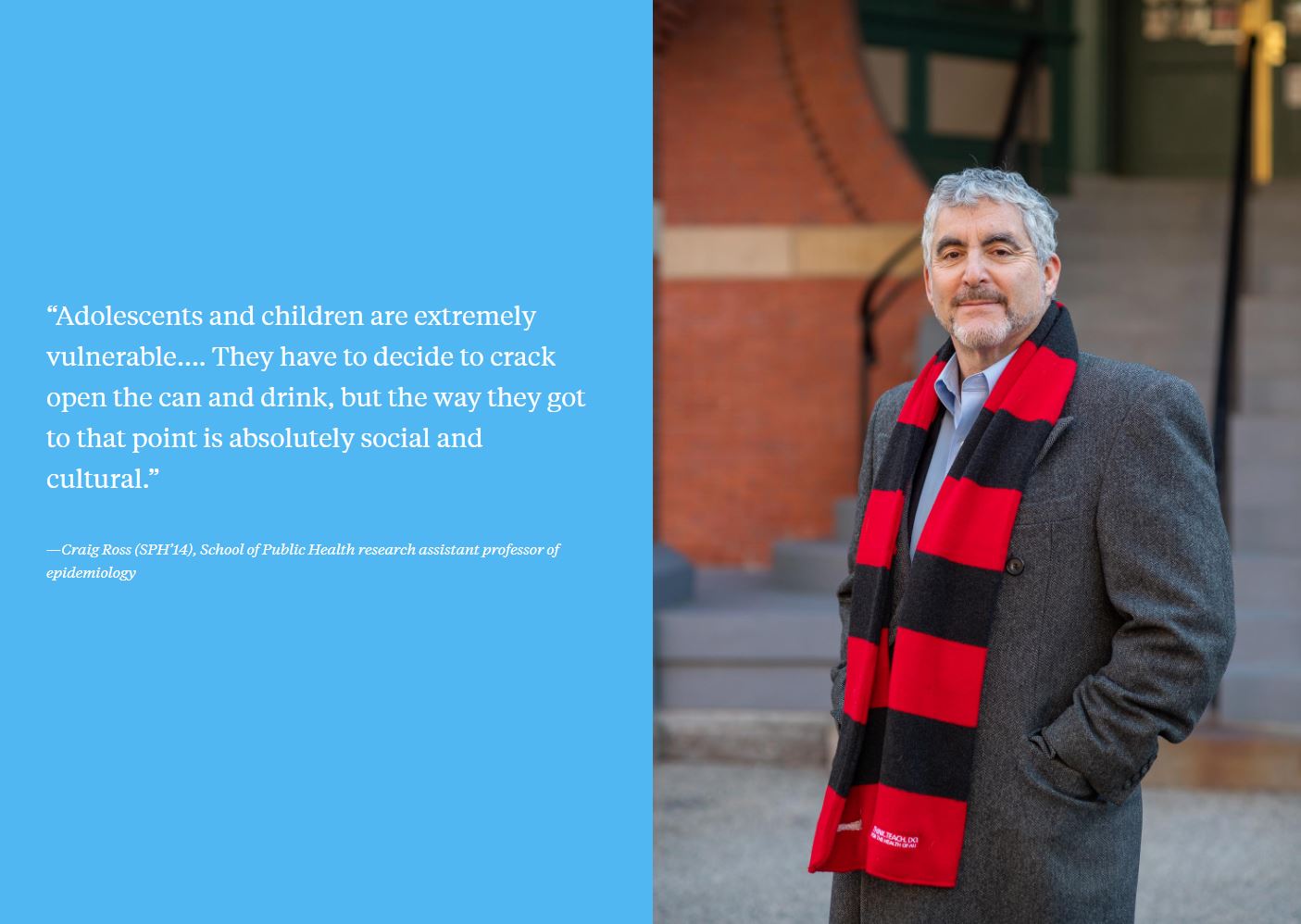
“Adolescents and children are extremely vulnerable…. They have to decide to crack open the can and drink, but the way they got to that point is absolutely social and cultural.”
—Craig Ross (SPH’14), executive director of idea hub and School of Public Health research assistant professor of epidemiology
Xuan adds that concerns that increased taxes on alcohol would unfairly hit those at the lower end of the socioeconomic scale have proven unfounded.
“Based on some simulation models we’ve run,” he says, “alcohol taxes are actually more progressive, meaning the more you drink, the more you pay; the more money you can afford to buy alcohol, the more taxes you pay.”
When it comes to pulling back on liquor licenses, Jernigan has landed on an argument that should appeal to politicians: fewer liquor stores also means less crime.
Increasing the number of liquor licenses in a state “sounds great from a business perspective,” says Jernigan, “but from a public health perspective that’s exactly the kind of alcohol availability that is most likely to be associated with violence. It’s people buying the alcohol for carryout, so the drinking is going to be unsupervised, and that’s where we find the stronger relationship [with crime].”
In a 2020 study published in the Journal of Studies on Alcohol and Drugs, Jernigan and colleagues found that if Baltimore, Md., scaled its alcohol outlet density down by one quintile, it would have 51 fewer murders a year. They discovered that even decreasing the number of ads in liquor store windows can help cut crime.
Jernigan, who is helping map the relationship between alcohol and violent crime in several of the nation’s largest cities, has spotted an equity aspect, too. Alcohol outlets tend to be clustered in neighborhoods with a history of redlining—banks refusing loans based on an area’s demographics, particularly the color of its residents’ skin.
Health Risks of Alcohol Use Disorders
While elected officials might take some convincing to treat alcohol use more seriously, you’d expect the medical profession to be primed to back prevention efforts. But just as alcohol is the drug of choice for legislators, it is for doctors, too.
“Many people in the health professions drink alcohol, and so it’s regarded as inherently less of a red flag in someone’s medical record,” says Miriam Komaromy, medical director of the Grayken Center for Addiction at Boston Medical Center (BMC), the teaching hospital of the BU School of Medicine. She says that attitude extends to medical education and treatment: alcohol use isn’t always approached with the same rigor and seriousness as other diseases.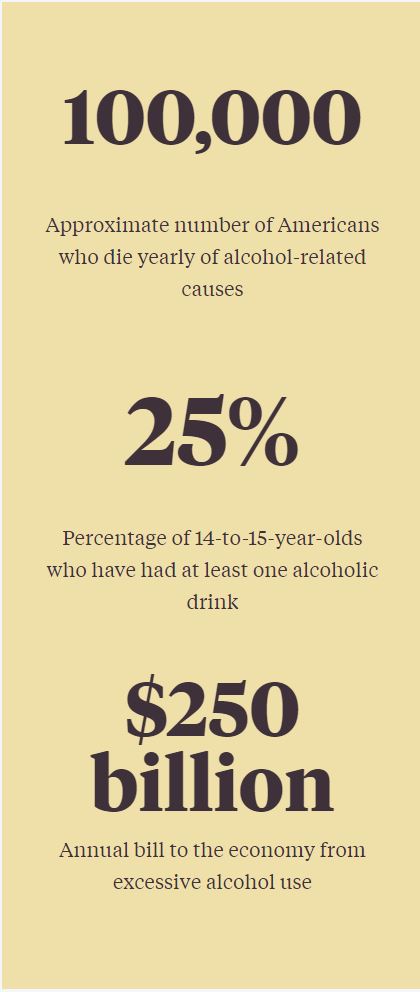
“You have many physicians currently in practice, and even in training now, who don’t have a sense that this is part of what they’re supposed to be doing and are not trained to address it,” says Richard Saitz, an addiction medicine specialist.
Think about those drinking questions you’re asked during your annual physical—they have the potential to be a great prevention tool, but are often left to an assistant or even a preappointment survey.
“Alcohol use or unhealthy alcohol use is a health risk and a health condition,” says Saitz (CAS’87, MED’87), an SPH professor and chair of community health sciences. For the past 20 years, he’s helped run a National Institutes of Health–funded physician training program with the goal of making evidence-based alcohol use prevention and treatment a central part of healthcare, which it is at BU and BMC. “Alcohol use disorder needs to be addressed just like other health conditions,” he says.
Although Saitz’s ideas are taking root—there’s now a board that certifies physicians in addiction medicine, for instance—they’re not yet commonplace. Compare that to the medical profession’s united front against preventing and treating tobacco use and the diseases it causes—and more recently against opioids. Komaromy sees a double standard.
“There may be some systemic racism involved,” says Komaromy, who is also a MED professor of medicine. “The opioid epidemic has been tackled because of the perception that it is a white epidemic. It has such a disproportionate effect on the white community that it’s been all-hands-on-deck to fix the problem. Alcohol is definitely not a predominantly white problem.”
She says another factor may be that the medical system is spurred by its culpability for the “enormous overprescribing” that helped propel the opioid epidemic—and because it can take simple steps to intervene. “I can’t control whether someone gets liquor,” says Komaromy, “but I can control whether they get Oxycontin.”
Because stigma and blame swirl around alcohol use disorders, a lot of people don’t get the help—or the empathy—they need. But it takes a series of environmental factors, genetics, and social pressures to make someone pour a drink. And another. And another. Some we can’t control, but plenty we can. And doing so could stop us from stumbling from one pandemic into another.
“There’s never, in my lifetime, been a more stressful time,” says Komaromy. “We have a population that is really struggling: skyrocketing rates of mental illness, as well as depression and anxiety. Turning to the substance that almost everybody has in their house is a pretty understandable response—but it’s also potentially very damaging.”




